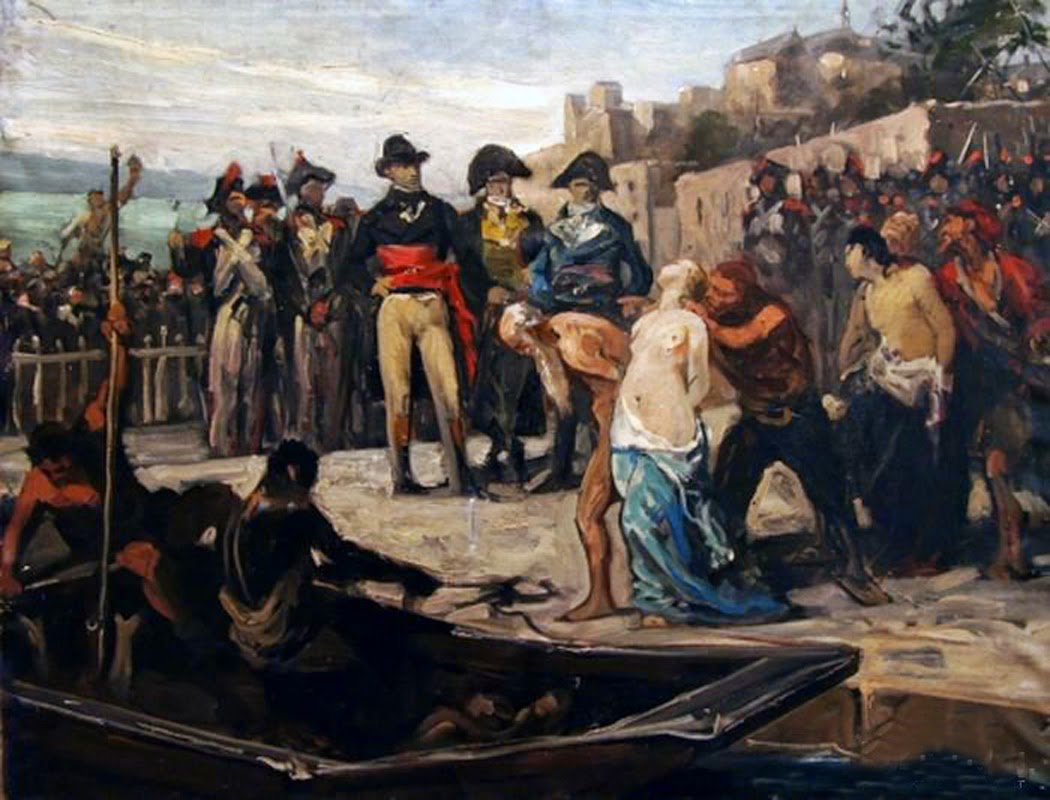The industrial revolution began in the 18th century with more mechanized ways of doing old tasks. One of the most controversial points of the industrial revolution is the standard of living debate. Did the industrial revolution improve or impoverish people’s lives? To answer this we need to look at the condition of people before the industrial revolution. Before the revolution, most people were involved in agriculture, working long backbreaking hours on a farm. The small percentage of people not involved in agriculture worked in specialized trades, making a few products a day and needing, at some point before, to have been able to afford the tools needed for that trade. If you were not able to do either of these you would most likely starve and even people at work were unimaginably poor. The industrial revolution changed this. Due to more mechanized and efficient processes, fewer people were needed in agriculture, and those people could work in a factory or some other business. While factory conditions were harsh especially compared to modern-day standards, it was better than starving and conditions in work before would have probably been even harsher. In all life expectancy, wages and living conditions all went up, maybe not as much as we would like it, but still, they went up. The fact that people started protesting poverty meant that now they thought there was something wrong with it, whereas, in the 11th century, people did not protest because poverty was what was expected from people’s lives.
Great Britain is one of the primary examples of how to end slavery peacefully, without violence. Quakers were proponents of egalitarianism or equality. This obviously means they would be advocates against slavery. The general population however viewed Quakers as rather unusual so the majority of the population took three arguments against slavery. One was the idea of natural rights, that all people are equal, and have equal rights to own property and pursue happiness. Another point was humanitarianism, that the slaves were often brutally treated and this should be stopped. The third was that slaves were not economically prosperous. Abolitionists had to convince people that their economy would not collapse if there were no more slaves. Slaves had no motivation to work hard if the fruits of their labor were just taken away from them. You also had to keep the slaves all year round even if you need them only for certain seasons. All these arguments came together to, in 1833, abolish all slaves in England and her colonies, breaking with thousands of years old traditions.



